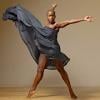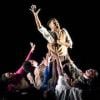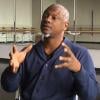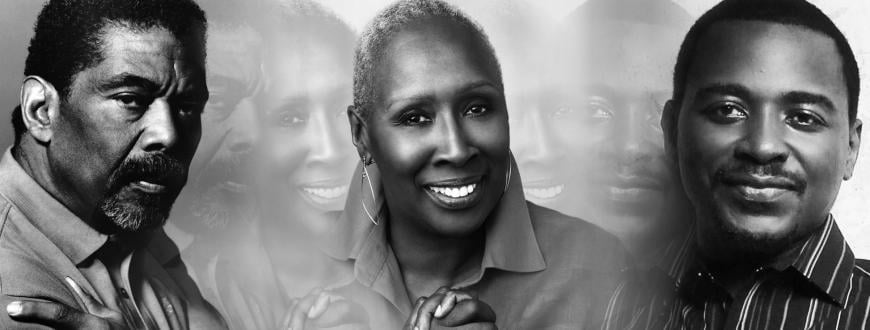
Approaching a conversation with Alvin Ailey American Dance Theater Artistic Director Robert Battle, I am suddenly struck by the enormous influence the company has had on my personal and professional life. Not only have I had deep and rewarding chats with Battle, the third person to lead the company after Ailey, who died in 1989, and Judith Jamison, who appointed Battle as her successor in 2011, I am granted early access to the company’s 2021 Anniversary Virtual Gala video that celebrates its debut with Cal Performances on June 10 with a video launch party and will continue to be available to subscribers as part of the 2020–2021 Cal Performances at Home online series.
The program includes the eagerly awaited world premiere of Resident Choreographer Jamar Roberts’s Holding Space, a Cal Performances co-commission the Ailey company promises is a work “giving shape to the complex emotions of this unique moment in time.” The video brilliantly showcases archival and newly created footage of Alvin Ailey’s Cry, with commentary on the iconic work’s 50th-anniversary significance by Jamison, along with a blended then-and-now performance of Ailey’s signature masterpiece, Revelations.
Among the first live professional dance performances I saw while growing up in Ann Arbor, Michigan, was Jamison performing Cry, and it was the soulfulness of her dancing that in part propelled me to become a professional dancer. Years later, as a dance major at the University of Cincinnati, my mentor and constant source of encouragement to “stand tall and use all of my length and strength” was James Truitte, a seminal dancer in the original Ailey company and featured in several of the archival clips of Revelations integrated in the virtual program. Truitte was a tough-as-nails teacher, but to this day he is a primary reason I went on to become a ballet master. It is his “stand in strength” voice I hear whenever it is necessary to strive, to perform beyond the possible, to trust the best in myself or others.
It is with terrific gratitude I spoke with Battle. From his words addressing the legacy and future direction of this truly American dance company — or by joining the launch party — I hope that young or young-at-heart people will listen and be moved to trust in humanity and to strive for the best they have to offer.
I can’t ignore that we are speaking on May 25, 2021, the exact one-year anniversary commemorating the murder of George Floyd by former police officer Derek Chauvin in Minneapolis. You are a Black man in America: What emotions, thoughts or reflections would you like to express and have heard?
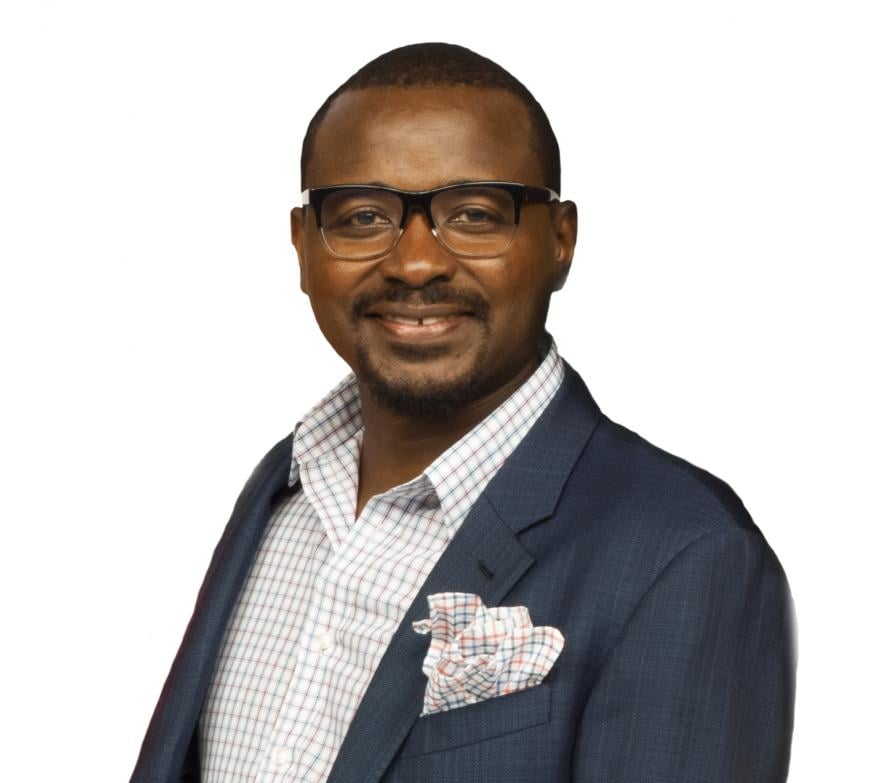
It’s an important day. Reflecting back to last year at this time, as an organization we were still trying to find our sea legs in terms of the pandemic, not being on tour, not expressing ourselves onstage. We’re about bringing people together, not about thinking of ways we can be apart. That impacted everything.
And then certainly, the murder of George Floyd by the police officer was tragedy on top of tragedy. I found myself trying to stay above water. As a leader, I have to compartmentalize myself to do my job and stay focused. Sometimes things impact me after they happen. I can take months before I’m ready to allow the gravity to hit me. A couple of months later, watching the video, I couldn’t breathe.
Today I reflect on that and on how so many people who were Black, not Black, who were from different generations — people who spoke out in all kinds of ways. It was heartening. It was hard not to express that or see that expressed by this company on the stage. Because that is usually a part of our protest. This company is an example of foundations grounded in the civil rights movement. I reflect and hope it’s not just a footnote on the pages of history and then we go back to doing what we’ve been doing. I hope that somehow, we find a way to keep the momentum of social change.
If the company’s mandate has always been to use African American heritage and other cultures to promote unity and instill humanity in its practices, in what ways will the loss of George Floyd and the BLM social justice movement’s rise impact that original mandate? How will the Ailey company differ in the future, or will it?
I think it will be different. It caused us to look internally in our own blind spots. We can engage differently. Social media has changed that as well. Whereas we would generally speak just through the dance, now there are opportunities to say what you mean on social-media accounts, on Instagram. You make a statement as an organization about what you believe and call out injustice wherever possible. It made us realize we have to do more and have to make it clear what we’re all about. Folks who don’t go to live performances or know what Alvin Ailey is about when you’re seeing someone murdered by police officers on television — they think, what’s this dance company all about? How can it be relevant to the issues of the day? It’s important we be as clear as possible about where we’ve been and what we stand for.
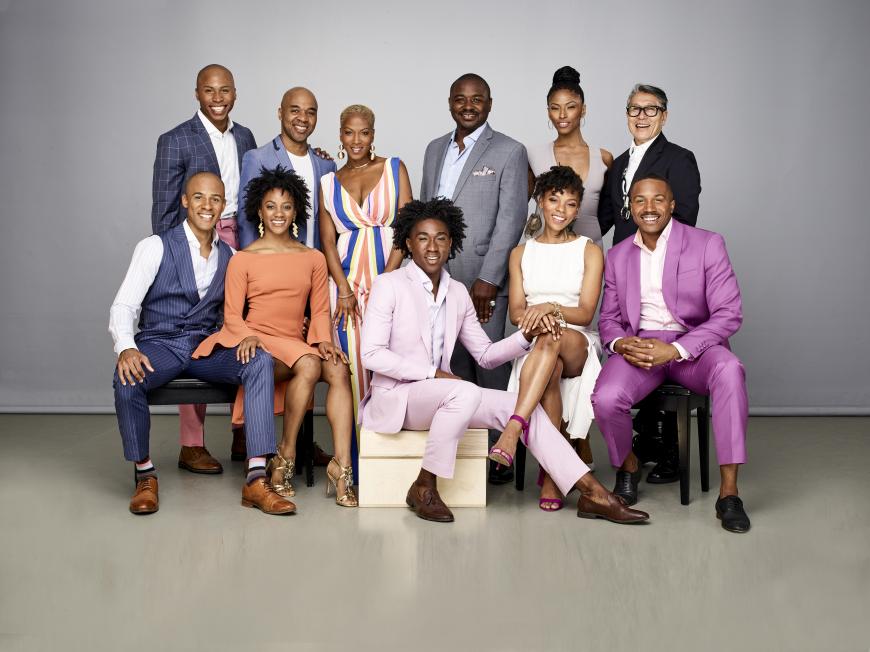
What will the words “purpose” or “mission” mean for the company in terms of commissions and other categories?
What is essential is that we express and celebrate our common humanity. The foundation is the experiences of African Americans in this country — and knowing that is not monolithic. Within the diversity in African American culture, people, and experiences, it’s finding ways to engage to tell those stories that reflect the time in which we live. Not all choreographers I bring in are African American. That’s important because there are two things we are demonstrating. One, the notion of telling our own story, but also that my dancers are versatile and can do the work of Wayne McGregor, as well as Rennie Harris as well as Alvin Ailey. We get put in a box. I talk about works that have to do with social justice, but even a love duet is a revolutionary act. Those belong to us too. We don’t always have to make serious statements. Sometimes a work that makes people laugh or swoon is equally important. Sometimes we’re relieving people from the day-to-day; to forget, enjoy beauty, get joy. We’ve begun the process of defining what purpose looks like in our time. We’re on that journey now. The outcome will be that there are more ways we can be a part of the kind of change we want to see.
What does it mean for an arts organization to “make progress” or be considered “progressive” when it comes to the arts and social justice and diversity in 2021?
Wow, good question. That’s hard to say. I flinch a little because every organization does not have to be the same. All dance companies do not have to make work that addresses issues. There are choreographers who are purely abstract. The notion that people can make the dance they want to see, whatever that is, is a powerful statement.
So progressive might look like one thing to an organization and another thing to another organization. Even one founded on that progressive basis, we have to keep up with the times. We have to always try to do better, extend ourselves, not be comfortable with how we’ve always done it. In that exercise itself is an expression of equitability, of celebration of our common humanity, of willingness to be vulnerable. That willingness to be honorable, to listen to employees and audiences, to admit you don’t know everything and there’s always something to learn … that’s progressive. And that’s the state I’m committed to be in as I listen and we move forward.
How will the company and the dancers reflect and celebrate African American and Ailey history while also signaling new beginnings, fresh exploration?
That’s interesting because we’re getting ready to do our usual Spring Gala and Kennedy Center Gala with a virtual gala combining them. The title we’re using is “Hope, Promise, and the Future.” We thought it was time to find some positive outlook. With everything we’ve gone through recently, one would not fault someone for being cynical. But cynicism has never been the reason this company has remained relevant and accessible. It is relevant and accessible because people leave the theater after seeing an Ailey performance feeling uplifted as we celebrate African American culture and expression through the prism of modern dance.
For the video program, I chose three company dancers to choreograph very short dances that are mediations on those three (program title) words. Funny, I noticed my language started to change a little during the pandemic. In the beginning, I would say we were dancing in spite of the pandemic. I started to think about the notion of “in spite of” and not “because of.” The word play is important. To be think about why we’re on stage, why we dance, why the company is relevant, what are we dancing for? It’s our love of Alvin Ailey’s legacy, the company, our loyal vast audience, and our new virtual audiences. That signaling is important and will be part of the healing that takes place as we come out of the dark. Thinking more of the affirmative, rather than the “in spite of,” is important to me.
The pandemic’s powerful impact on the company’s finances, psyche, future projects, missed opportunities and other elements: What lessons endure; what practices will be maintained in hybrid form? For example, will you continue the Ailey All Access program?
Ailey Access started with the dancers being brought off of the national tour in March. One of the newer dancers, Miranda Quinn, had an idea: let’s pretend we’re the Brady Bunch, that television show. They decided to do the first minutes of Revelations’ “I’ve Been ’Buked.” They did it all in their own homes, then had [the videos] spliced together. Now that digital practice is commonplace, but at that time in 2020, it hadn’t happened yet. It became our template and caught fire and we’ve used it throughout all of the organization. Thousands of people tuned in to see what we offered.
That let the cat out of bag. You can’t “go black” in the sense of having no offerings online. This is the new wave and a way to reach audiences without them feeling that because it’s online, they won’t come in-person to see it. I think seeing things in person will be the next “new thing.” It’s what everyone wants to do: to hear laughter, to feel the applause.
How do we monetize that? Also, how does that square in terms of equity for audiences who don’t feel a part of live performance? Some things we’re doing digitally as a response will remain. The ways we’ve looked at outreach and how to film dance — we had to learn a lot quickly — so yeah, a lot will remain in some way or another. Maybe it’s not as large a footprint, but in terms of access ... we had been talking about this topic for five years, and then we were thrust into it. Now, we need to shape it more.
What can you tell us about the video and Roberts’s Holding Space?
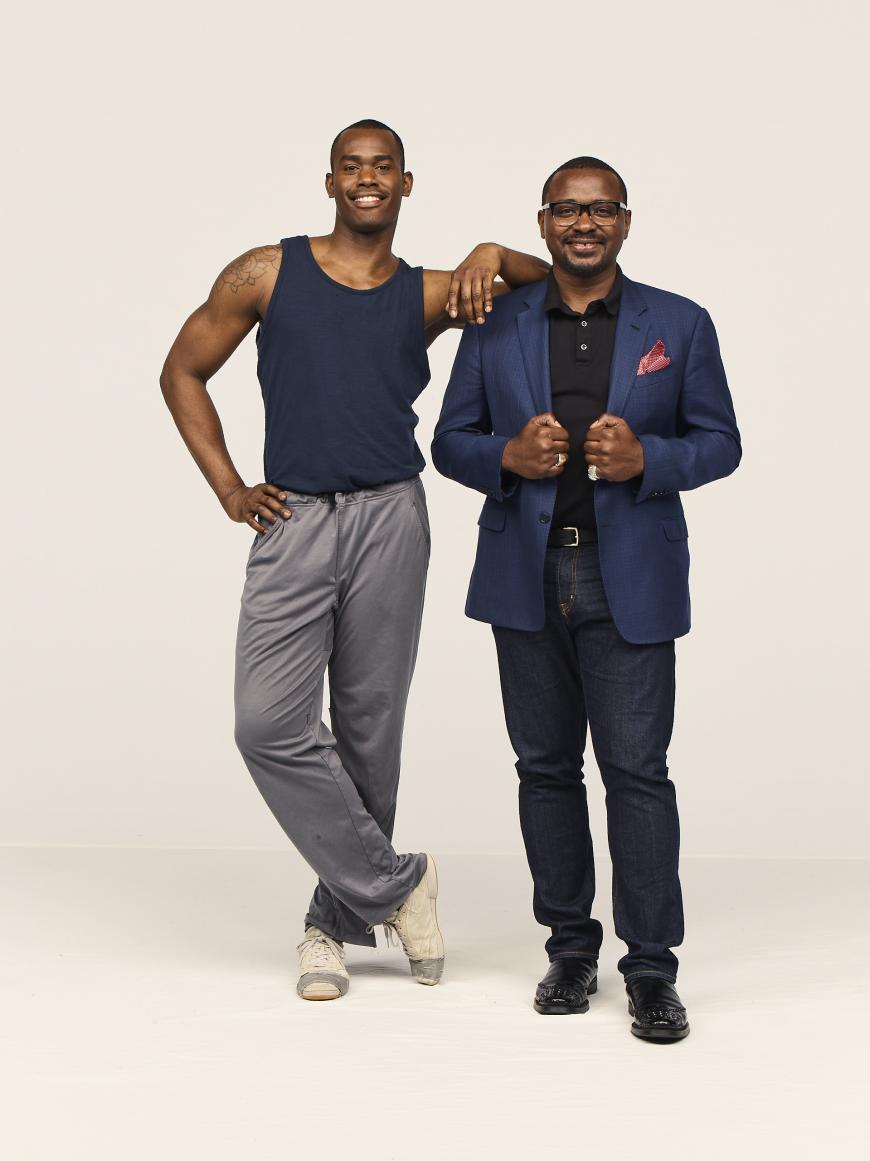
Jamar Roberts is our first resident choreographer and I think he’s just brilliant. His work is introspective and never what you expect. He’s exploring his voice and rawness, but his sense of craft is remarkable. I’ve seen people be raw, but not know where to put it in space. He has that craft. Since I commissioned his first work, all of [his works] have been to different jazz artists.
This time, the score is heavy and abstract, at times atonal. The dance itself: in it I see flashes of Merce Cunningham and movement like the game of Twister with one arm over here and a leg over there and how are you not falling? It creates a space where one can be reflective and where one can heal. We’ve all been thinking about that in trying to find those moments when we step away from the television and the hysteria and find a moment to hear our own thoughts and not be beholden to social media and the rest. It’s important to know what’s going on but also to step away to find a moment to breathe. What I love about Jamar’s work, is that [it causes me to wonder] “How did he think of that?” I don’t often say that, as a person who’s seen a lot of things. I’m excited for the world to see it.
Your thoughts on not being able (for a second year in a row) to return to Berkeley for the company’s annual residency?
It’s sad, although I hate to use that term. Cal Performances is like home to us. The audiences that come out to see us year after year are like an old friend. You just take up where you left off. And personally, I think of [Senior Director of Performance and Production] Calvin Hunt and [Technical Director] E. J. Corrigan, two people with Ailey for many years. We lost them both on tour during 2014. They were in charge of the big cookout we’d do every year in Berkeley, outside of Zellerbach. They would barbecue all night long. It was that camaraderie we had with the local crew that we lost after we lost E. J. in Orange County. At the tour’s next stop in Berkeley — a week later after we’d found E.J. in his hotel room — Calvin and I were thinking we had to hold the company up when they got there. We got through that week and then the last day, Calvin collapsed and died while we were in Berkeley. There’s so much there that has meaning for the company after 50 years of premieres, tears, joy, full bellies, big audiences. It just has all the ingredients in performance with Cal Performances that make coming to Berkeley so great and so real for us. We are looking forward to 2022 when we can be there in-person. The interchange of love from dancers to audience and back, we will treasure.


